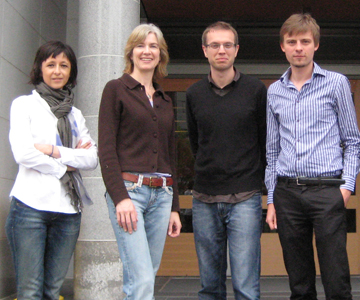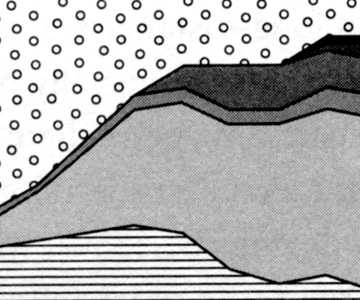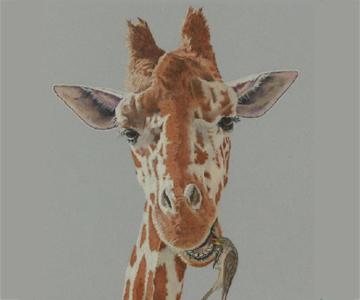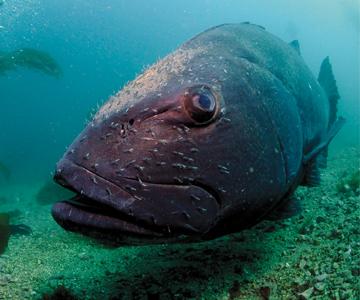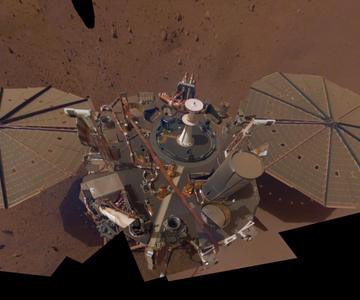Magazine
November-December 2021
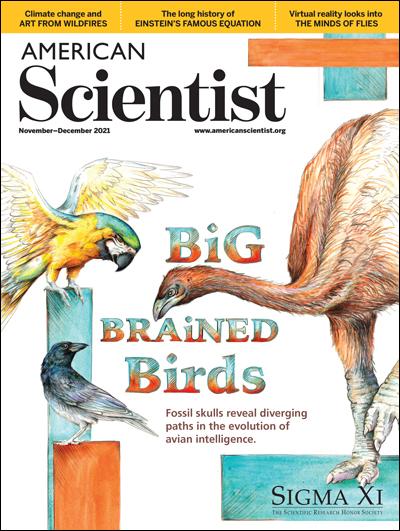
November-December 2021
Volume: 109 Number: 6
Each of the birds pictured—the scarlet macaw, the New Caledonian crow, and the extinct moa—has a large brain. But to truly understand the evolution of avian intelligence, one must consider the relationship between brain size and body size, as explained in “Bird Brain Evolution,” by biologist Daniel T. Ksepka. When estimating “intelligence” from brain size—the only way to make such an estimate from a fossil—biologists look at how much larger or smaller the braincase is than the expected size for a species of that body mass. Scaled in this way, relative brain size is a proxy for intelligence. Thus, although the moa had a large brain in absolute terms, the bird was also tremendous in size. As the moa evolved, its brain size lagged behind its body size, until it ended up with the smallest relative brain size of any bird ever. By contrast, the large relative brain sizes of parrots and crows stand out from all other birds, but they got there through different pathways. Parrots decreased their body size rapidly while retaining relatively large brains. Corvids, who have the highest rate of brain-body evolution, evolved larger bodies, but their brains enlarged even faster than their bodies, much as the brains of hominids did on the mammalian family tree. (Illustration by Emma Skurnick, https://emmaskurnick.com.)
In This Issue
- Agriculture
- Art
- Astronomy
- Biology
- Communications
- Economics
- Engineering
- Environment
- Ethics
- Evolution
- Mathematics
- Medicine
- Physics
- Policy
- Sociology
- Technology
The Curse of E=mc2
Tony Rothman
Mathematics Physics
The most famous equation has a history that goes far beyond Albert Einstein, and a meaning that is far less straightforward than is commonly believed.
Insect Decision-Making
Shannon B. Olsson, Pavan Kumar Kaushik
Biology Technology
Combining virtual reality and fieldwork yields insights into the mind of the apple fly, teasing out how the brain translates information and patterns.
